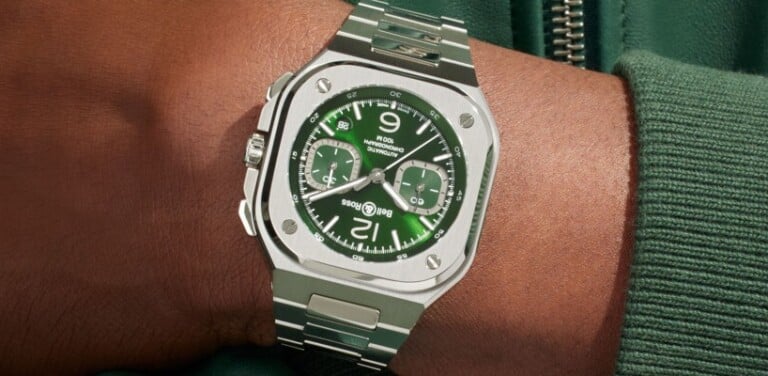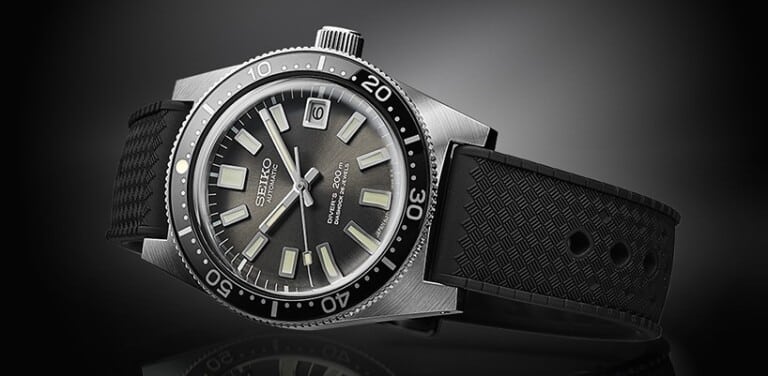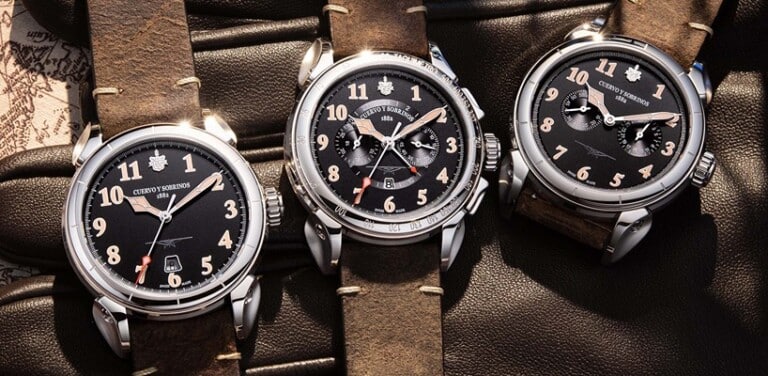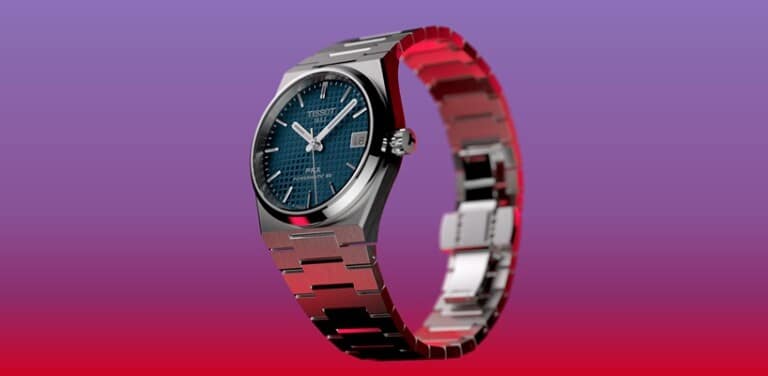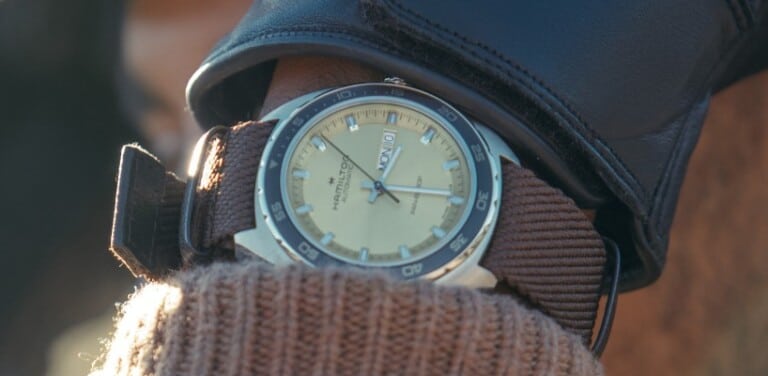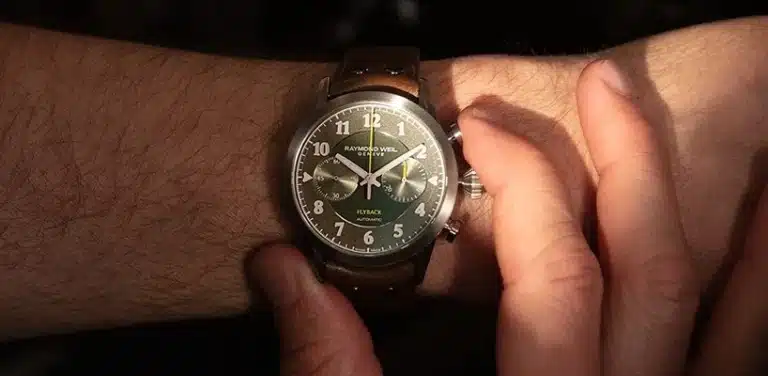Today there really is no other luxury watch brand out there right now that can master the art of producing industry-leading standards of accuracy and supreme mechanical genius quite like Grand Seiko do. As the prestigious watch company produce all of their components in-house, the skilled technicians are able to control every aspect of production to ensure that the beauty within each finished piece matches that of its remarkable durability. But how do they do it?
The Japanese watch producing company have managed to refine the processes used to sculpt their beautiful cases by bringing a low cost strategy up to superior levels of excellence. With a supreme blend of high grade materials coupled with the perfect choices made in design 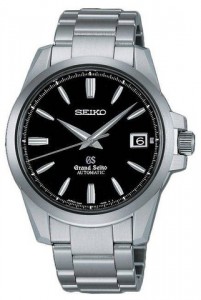 templates, their works of art are able to be appreciated by mankind for the same reasons – quality! Forging, for example is a method used by large mass-producers to create quantities of a product at low cost and was once considered an inferior process compared to that of the cutting method, of which most watch cases are produced as a result of today. Yet Grand Seiko have experimented over the years and gradually overcame those issues affecting the quality of the finished product, making a case with sharp and crisp edges and one which is now considered a higher quality in many aspects compared to those produced by cutting. The process requires heating the component until it reaches 1,200 degrees Celsius to remove stress. As the material is worked with it becomes finer yet harder! In order for Grand Seiko to achieve the immaculate polishing effect to their surfaces, the Zaratsu process was adopted. To this day there are only two craftsman responsible for conducting the Zaratsu finish on Grand Seiko mechanical watches, as it is considered that only veterans with 40 years of experience are trusted with this intricate role. The case of the watch is placed onto an abrasive coated sheet of paper which rotates to create the flawless affect.
templates, their works of art are able to be appreciated by mankind for the same reasons – quality! Forging, for example is a method used by large mass-producers to create quantities of a product at low cost and was once considered an inferior process compared to that of the cutting method, of which most watch cases are produced as a result of today. Yet Grand Seiko have experimented over the years and gradually overcame those issues affecting the quality of the finished product, making a case with sharp and crisp edges and one which is now considered a higher quality in many aspects compared to those produced by cutting. The process requires heating the component until it reaches 1,200 degrees Celsius to remove stress. As the material is worked with it becomes finer yet harder! In order for Grand Seiko to achieve the immaculate polishing effect to their surfaces, the Zaratsu process was adopted. To this day there are only two craftsman responsible for conducting the Zaratsu finish on Grand Seiko mechanical watches, as it is considered that only veterans with 40 years of experience are trusted with this intricate role. The case of the watch is placed onto an abrasive coated sheet of paper which rotates to create the flawless affect.
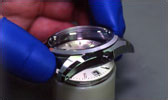 Other little gems are found in the smaller detailing of Grand Seiko masterpieces such as the vivid blue colour of the rotational rotor made for some of their models. The colour is achieved by adding anodic oxidised treatments rather than actually colouring the material itself. The protection offered by the layer of oxide prevents the material from eroding or discolouring and is a process which is repeated throughout many of Grand Seiko’s methods, for example the colouring to external structures such as the cases and dials. The famous Grand Seiko lion emblem is etched onto the back of each case, yet requires lasering due to the hardness of the surface that it must imprint onto. What is also quite astonishing about Grand Seiko watches is that their hour and minute indices together with peripheral indexes do not require luminous paint and for very good reason! The features of their dials are finished to such high quality, with a polishing effect which produces a mirror-like finish, that excellent legibility can be attained from the simple reflections of light onto their angles. The Zaratsu polishing which is applied to the upper surface of the curved lugs also, can scrape several micrometers from the case, a process which has taken decades to perfect.
Other little gems are found in the smaller detailing of Grand Seiko masterpieces such as the vivid blue colour of the rotational rotor made for some of their models. The colour is achieved by adding anodic oxidised treatments rather than actually colouring the material itself. The protection offered by the layer of oxide prevents the material from eroding or discolouring and is a process which is repeated throughout many of Grand Seiko’s methods, for example the colouring to external structures such as the cases and dials. The famous Grand Seiko lion emblem is etched onto the back of each case, yet requires lasering due to the hardness of the surface that it must imprint onto. What is also quite astonishing about Grand Seiko watches is that their hour and minute indices together with peripheral indexes do not require luminous paint and for very good reason! The features of their dials are finished to such high quality, with a polishing effect which produces a mirror-like finish, that excellent legibility can be attained from the simple reflections of light onto their angles. The Zaratsu polishing which is applied to the upper surface of the curved lugs also, can scrape several micrometers from the case, a process which has taken decades to perfect.
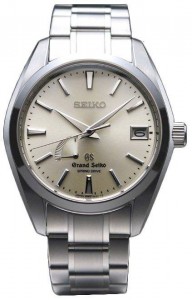 Grand Seiko’s talents do not stop at beauty however. Their promise to provide impeccable
Grand Seiko’s talents do not stop at beauty however. Their promise to provide impeccable 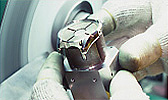 practicality and ultimate resilience is one which is delivered within each and every model that is produced. The tall dauphine hands and tapered indexes are characteristics which are instantly noticeable within all Grand Seiko watches, making them contrast beautifully against the backdrop of their velvety smooth dials. The Japanese watch company use brass for their indexes. The material is pressed, diamond cut and reshaped to make them highly distinguishable in identity. The indexes solely can take up to three weeks to produce and are finished with an adhesive agent to the underside to ensure a firm fixing. The hand indices of each Grand Seiko watch are shaped three-dimensionally and diamond cut polished. The pipes used for fixing the indices to the dial are produced from hard metal so as to last long-term.
practicality and ultimate resilience is one which is delivered within each and every model that is produced. The tall dauphine hands and tapered indexes are characteristics which are instantly noticeable within all Grand Seiko watches, making them contrast beautifully against the backdrop of their velvety smooth dials. The Japanese watch company use brass for their indexes. The material is pressed, diamond cut and reshaped to make them highly distinguishable in identity. The indexes solely can take up to three weeks to produce and are finished with an adhesive agent to the underside to ensure a firm fixing. The hand indices of each Grand Seiko watch are shaped three-dimensionally and diamond cut polished. The pipes used for fixing the indices to the dial are produced from hard metal so as to last long-term.
The watches which have been born as a result of Grand Seiko’s faithfulness to the integrity of their master designs have set benchmarks and shaped the future of watch making, allowing the brand to make in-roads into the global market. Grand Seiko continue to revisit their most successful models still today, satisfying a plethora of visual and practical desires in the form of new watches for every possible wearer, in every possible situation.
